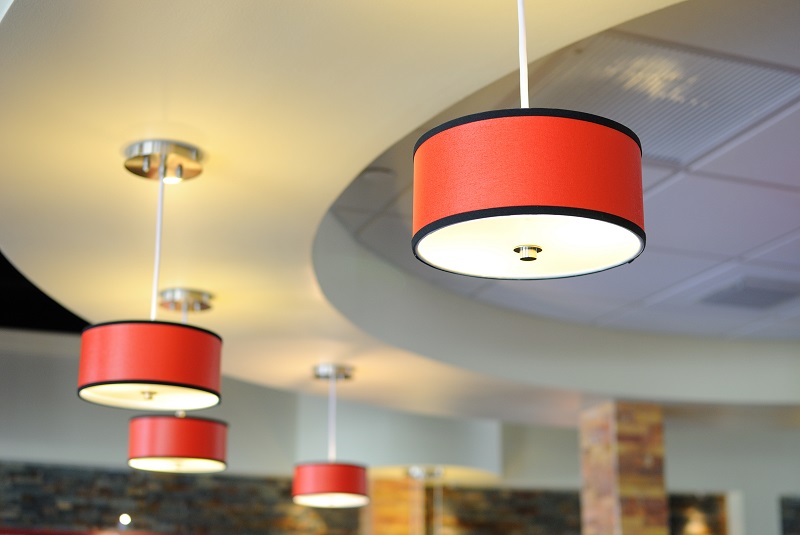In today's world of interior design, a stretch ceiling is becoming increasingly popular due to its aesthetic appeal and practical advantages. This article will delve into the world of stretch ceilings, shedding light on what they are, the benefits they offer, and how to install and maintain them. We will also explore various types of stretch ceilings, including PVC and fabric stretch ceilings, 3D stretch ceiling designs, and the cost implications of installing them.
What Is A Stretch Ceiling?
A stretch ceiling is a suspended ceiling system made of two primary components: a perimeter track and a lightweight fabric or PVC membrane that stretches and clips into the track. This system offers a modern and innovative approach to ceiling design, providing visually stunning and practical solutions for any interior environment.
The Benefits Of A Stretch Ceiling
One of the many benefits of a stretch ceiling is its aesthetic versatility. They can be designed to fit any room, regardless of shape or size, and are available in a wide range of colors and finishes. Additionally, PVC stretch ceilings are waterproof, resistant to mold and mildew, and require minimal maintenance. They also offer excellent acoustic properties, making them a favored choice for rooms where sound insulation is crucial.
Different Types Of Stretch Ceilings
There are two main types of stretch ceilings: PVC and fabric. PVC ceilings are highly durable, resistant to water damage, and available in various finishes, including matte, satin, and glossy. On the other hand, fabric stretch ceilings provide a more traditional look and feel and are preferred for their acoustic properties. Furthermore, 3D stretch ceilings offer unique and captivating designs, adding a touch of sophistication to any room.
The Cost Of Installing A Stretch Ceiling
The cost of installing a stretch ceiling can vary depending on several factors, including the type of material, the complexity of the design, and the size of the room. However, despite the initial investment, stretch ceilings generally offer excellent value for money due to their longevity and low maintenance requirements.
How To Install A Stretch Ceiling
Installing a stretch ceiling involves several steps, including measuring and preparing the room, installing the perimeter track, and finally, stretching and fastening the ceiling material. Though it is possible to install a stretch ceiling DIY, it's recommended to hire a professional to ensure a smooth and flawless finish.
Tips For Stretch Ceiling Care And Maintenance
Conclusion
In conclusion, a stretch ceiling offers a modern and innovative solution for any interior design. With their aesthetic appeal, practical benefits, and ease of maintenance, they are an excellent investment for any homeowner. Whether you opt for a PVC, fabric, or 3D design, a stretch ceiling can transform any room into a visually stunning and comfortable space.
Remember, while the initial cost might seem high, the benefits and longevity of stretch ceilings make them a worthwhile investment. Always ensure to engage a professional for installation and follow the right maintenance practices to keep your stretch ceiling in optimal condition.















Social Plugin